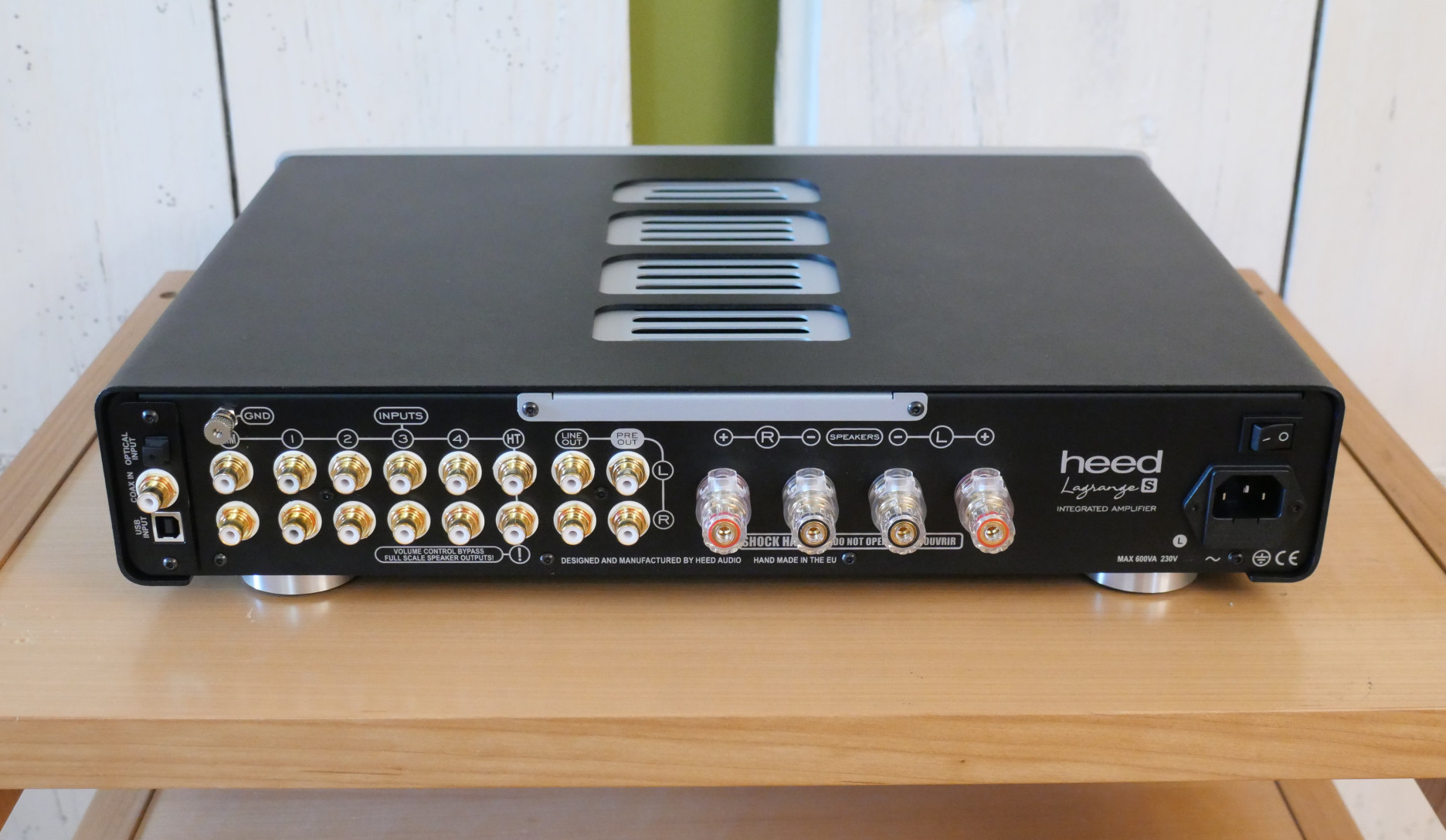Any way you look at it, whether you include the optional DAC or not, the Lagrange offers an awful lot of amplifier for the money, while with over 50-years of continuous development behind it, the refined sound quality should come as no surprise. I used the Lagrange in a number of different systems and with various speakers. For clarity it makes sense to divide up various elements of its performance, as different listeners will have different priorities and the Heed offers a range of different choices.
The Lagrange Amplifier
The core performance characteristics lie with the amplifier itself. If the amp doesn’t do the business, then all the versatility and options the unit offers count for nought. So, this is a timely point at which to remember that the Heed journey started with highly regarded amplifiers. It’s also worth remembering that, reaching even further back, it included valve amps too. The TransCap topology used by Heed is rarely seen these days, partly because of the precision needed in constructing the circuits, partly because the availability of lower priced, higher-powered transistors overcame the issues it sought to confront. By placing an RC network between the output transistors and the loudspeaker load, you decouple the output stage from the electrical influence of the speaker – notably back EMF and varying impedance. The speaker is ‘driven’ by the capacitor, a storage device that’s able to promptly respond to the speaker’s electrical demands, just so long as it’s kept fully charged. In theory, multiple output devices achieve the same result by spreading the load and also offer a higher damping factor and direct coupling (with assumed gains in detail and transparency) but in practice there’s a trade-off between the agility and musical coherence of an amplifier and the number of output devices it uses. In this case, more is rarely better. Against that background, the Heed offers a fascinating alternative take, sonically and musically.

It also offers some smart, practical solutions. The inclusion of a Home Theatre/Bypass input reflects the increasing likelihood that the Lagrange will find itself hooked up to a TV or a gaming console. The Pre-out sockets (and Heed’s own history) suggest that the option to add a second amplifier – for bi-amping – might lie in the not-too-distant future. It’s a proven and cost-effective upgrade path.
Listening to the Lagrange, I was immediately struck by the sumptuous fluidity of the sound. There’s a smooth, contained sense of easy power and musical coherence, instrumental solidity and harmonic density that makes for engaging listening and an easy clarity and continuity of musical line. If the TransCap topology is intended to counteract the awkward, resistant tendencies of the average loudspeaker, then the sonic results certainly back that up. Performances simply flow, with a natural sense of pace and rhythm, ensemble playing and the easy relationship between the interlocking parts of the score and instruments in the band. This is an amp that fully embodies the concept of letting the music breathe.

